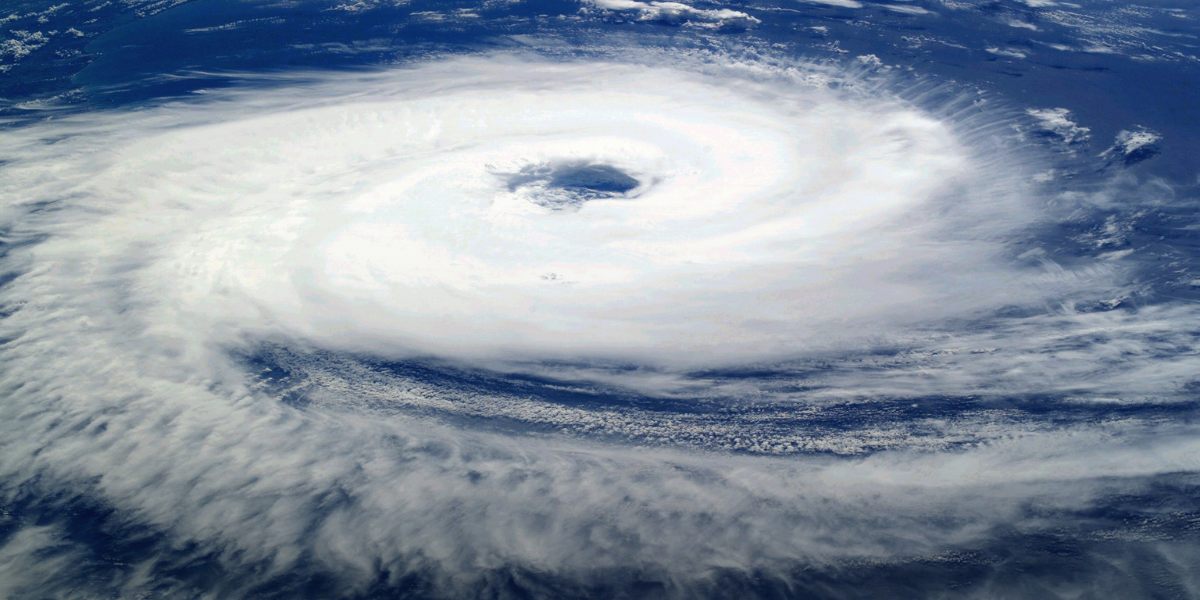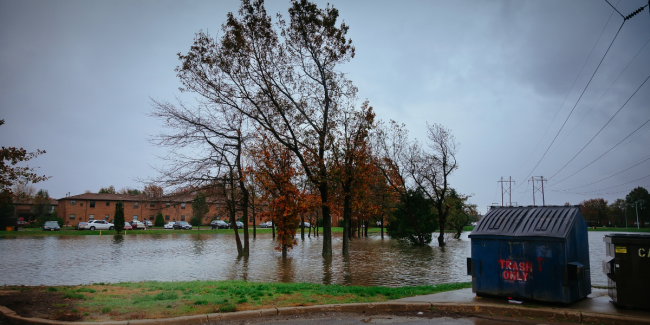
Preparing for Hurricanes & Protecting Your Logistics Operations
Hurricanes can wreak havoc on supply chains, disrupting everything from shipping routes to warehouse operations.
How Hurricanes and Storms Affect Shipping and Transportation
Natural disasters can negatively impact the transportation industry in several ways:
- Disruption of Transportation Routes: Severe weather can lead to road closures, flight cancellations, and port closures, disrupting the movement of goods and passengers. This can cause delays in deliveries and affect supply chain timelines.
- Damage to Infrastructure: High winds, heavy rain, and flooding can damage roads, bridges, railways, and airport facilities. This infrastructure damage can render transportation routes impassable or unsafe, requiring repairs before normal operations can resume.
- Increased Transportation Costs: Emergency rerouting of shipments and the need for alternative transportation modes can increase logistics costs. Additionally, repairing damaged infrastructure and vehicles adds to operational expenses.
- Supply Chain Disruptions: Many industries rely on just-in-time inventory systems, where goods are delivered precisely when needed. Disruptions in transportation can lead to shortages of raw materials and finished products, impacting production and distribution.
- Safety Concerns for Workers: Transporting goods during severe weather poses risks to drivers, pilots, and other transportation personnel. Safety precautions and operational restrictions may be necessary to protect workers from hazardous conditions.
- Insurance and Liability Issues: Businesses may face insurance claims related to damaged cargo, vehicles, or facilities. Liability concerns arise from delays or failures to deliver goods on time, impacting customer relationships and contractual obligations.

Hurricane Preparedness Steps for the Transportation Industry
At DAL, we understand the importance of proactive planning and preparation. That’s why we listed some practical steps here you can take to protect your logistics operations during hurricane season.
1. Assess Vulnerabilities
Before hurricane season hits, it’s crucial to conduct a comprehensive risk assessment of your logistics operations. Start by identifying potential weak points in your network:
- Facilities in High-Risk Areas: Evaluate the geographical location of your warehouses, distribution centers, and other facilities. Those situated in coastal or flood-prone regions are particularly vulnerable.
- Transportation Routes: Analyze the routes your shipments typically travel. Identify routes that are susceptible to closures or delays due to hurricanes or related weather events.
- Critical Suppliers and Partners: Assess the locations and operational vulnerabilities of your critical suppliers and logistics partners. Understand how their operations may be affected during a hurricane and prepare accordingly.
2. Develop an Emergency Response Plan
Creating a solid emergency response plan is crucial for managing risks and maintaining business operations during hurricane season. Start by keeping an eye on weather forecasts and getting alerts from reliable sources about approaching hurricanes. When a hurricane threat looms, outline clear steps for activating your emergency plan, assigning roles, and setting up a decision-making hierarchy.
Make sure you have robust communication lines with your team, customers, suppliers, and partners, using options like phone trees, messaging apps, or email lists. Also, set up backups for critical data and operations — cloud storage can be a lifesaver for quickly recovering essential info if disruptions occur.
3. Diversify Supply Routes
To reduce the impact of hurricanes on your supply chain, it’s crucial to diversify your supply routes and transportation options. Start by exploring alternative transportation modes like rail or air freight that can be used if your primary routes are affected by storms. Additionally, nurturing relationships with multiple suppliers and carriers ensures flexibility. This way, you can swiftly adjust project freight logistics plans, reroute shipments, or switch suppliers if necessary, ensuring continuity and reliability in your operations despite potential disruptions from hurricanes.
4. Secure Facilities and Equipment
Protecting your physical assets is crucial for minimizing damage and ensuring your operations remain resilient. Start by reinforcing your warehouse and distribution center structures to withstand hurricane-force winds and potential flooding. It’s also important to secure any loose items that could become projectiles in high winds.
Installing backup power generators and ensuring access to essential utilities such as water further prepares you to maintain operations during power outages or infrastructure failures. These proactive steps can significantly mitigate risks and help your business weather the storm more effectively.
5. Review Insurance Coverage
Reviewing your insurance coverage is essential to ensure you’re fully protected against risks associated with hurricanes. Start by assessing your current insurance policies to make sure they cover potential property damage, business interruptions, and other risks related to hurricanes. It’s also wise to consider supplemental insurance options like flood insurance or contingent business interruption coverage to fill any gaps in your existing policies. Taking these steps helps safeguard your business and gives you peace of mind during hurricane season.
Prepare Your Logistics Operations with DAL
As hurricane season approaches, ensuring your logistics operations are resilient is crucial. Contact DAL today to discuss how we can help you prepare for potential disruptions, secure your supply chain, and maintain business continuity. Our logistics company ready to assist with contingency planning, alternative route identification, and risk management strategies tailored to your needs.